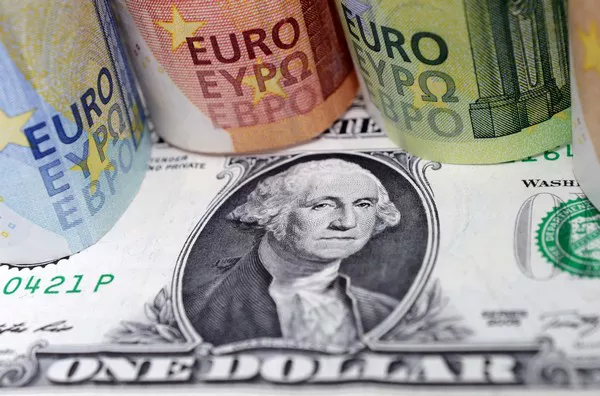The 1000 dollar bill is one of the highest denominations of United States currency ever printed. Although it is no longer in circulation, it remains a fascinating piece of history for collectors and enthusiasts alike. In this article, we will delve into the history of the 1000 dollar bill and explore the identity of the person featured on its front.
Background on the 1000 dollar bill
The 1000 dollar bill was first issued by the United States government in 1861 during the Civil War. Due to the high cost of financing the war, the federal government began issuing paper currency in high denominations. The 1000 dollar bill was one of the largest denominations printed at the time, with only the 5000 dollar and 10,000 dollar bills being of higher value.
The 1000 dollar bill was last printed in 1945, and its circulation was officially discontinued in 1969. Today, these rare bills are highly sought after by collectors, and many can fetch significant sums at auctions or through private sales.
Who is featured on the 1000 dollar bill?
The person featured on the front of the 1000 dollar bill is Grover Cleveland, who served as the 22nd and 24th President of the United States. Cleveland was known for his honesty and integrity, and he was the only president to serve two non-consecutive terms in office.
Cleveland’s face was chosen to be featured on the 1000 dollar bill due to his strong economic policies and commitment to fiscal responsibility. During his first term in office, Cleveland successfully vetoed numerous spending bills, earning him a reputation as a staunch budget hawk.
In addition to his work in economics, Cleveland was also known for his advocacy of civil rights and social justice issues. He supported labor unions and worked to end child labor, earning him the nickname the “People’s President.”
Why the 1000 dollar bill is no longer in circulation
Although the 1000 dollar bill was once a common sight among high rollers and big businesses, its circulation was officially discontinued in 1969. The decision to stop printing the 1000 dollar bill was largely due to concerns about organized crime and money laundering.
At the time, the government believed that large denomination bills like the 1000 dollar bill were being used by criminals to move and launder illicit funds. By discontinuing these bills, the government hoped to make it more difficult for organized crime groups to conduct their illegal activities.
Today, the largest denomination of US currency in circulation is the 100 dollar bill. However, there are still many collectors and enthusiasts who seek out rare pieces of currency like the 1000 dollar bill.
Collecting 1000 dollar bills
For those interested in collecting 1000 dollar bills, there are a few key things to keep in mind. First and foremost, authenticity is crucial when it comes to currency collecting. Counterfeit bills can be difficult to spot, so it’s important to work with reputable dealers or authentication services.
In addition to ensuring authenticity, collectors should also pay attention to the condition of the bill. Like any collectible, the value of a 1000 dollar bill can vary widely depending on factors such as rarity, condition, and historical significance.
Some collectors may choose to focus on bills from specific years or series, while others may look for unique serial numbers or other identifying features. Whatever your collecting goals may be, it’s important to do your research and work with trusted experts in the field.
The Last U.S. $1000 Bill
The last U.S. $1000 bill was printed in 1945 and featured a portrait of Grover Cleveland, the only U.S. President to have served two non-consecutive terms. The bills were primarily used for transactions between banks and later withdrawn from circulation in 1969 due to concerns over their use in illegal activities such as money laundering and tax evasion. Today, these bills are highly sought after by collectors and can command a high price at auction.
Conclusion
The 1000 dollar bill may no longer be in circulation, but it remains an intriguing piece of American history. From its origins during the Civil War to its role in the modern fight against organized crime, the 1000 dollar bill has a fascinating story to tell.
Grover Cleveland’s likeness on the front of the bill serves as a reminder of his contributions to American politics and his commitment to fiscal responsibility. For collectors and enthusiasts, 1000 dollar bills offer a unique opportunity to own a piece of history and delve into the fascinating world of currency collecting.


